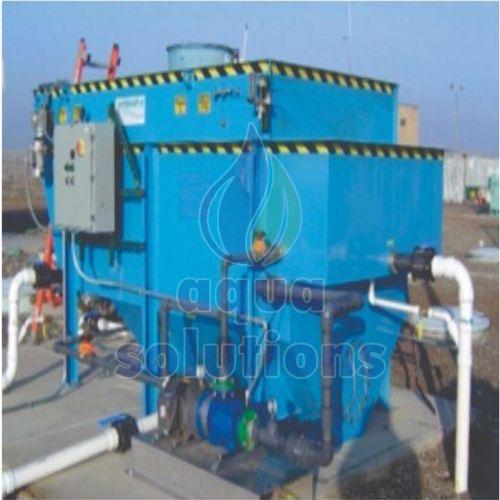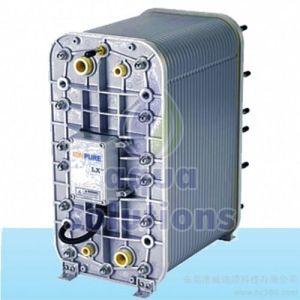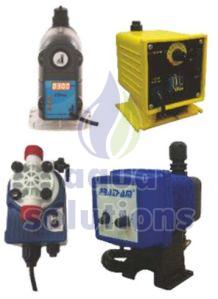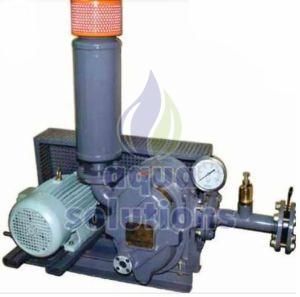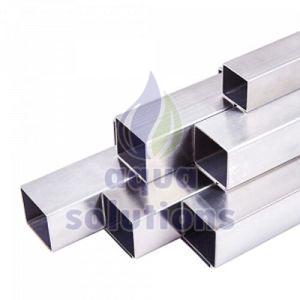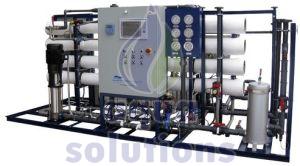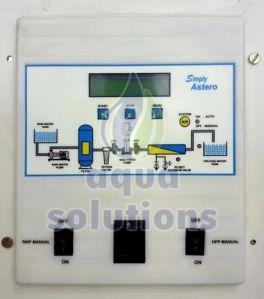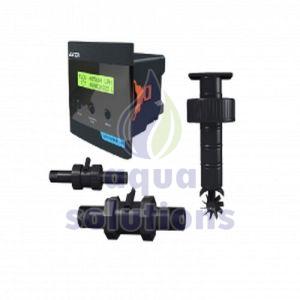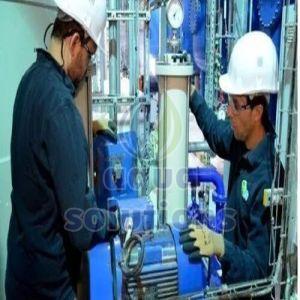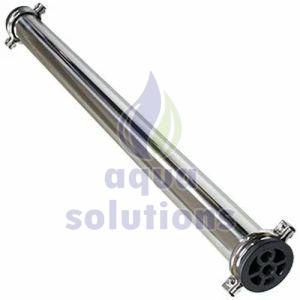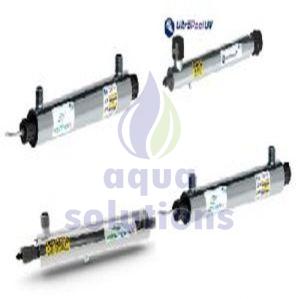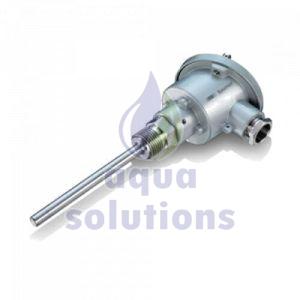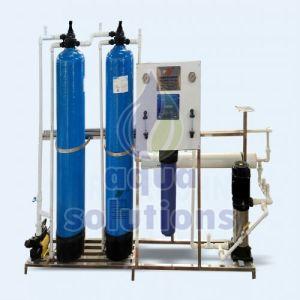aquasolutions87@gmail.com - GST NO. : 27AHBPJ8891L1ZP
| Business Type | Manufacturer, Exporter, Supplier |
| Material | RCC, MS, Or FRP Tanks And Reactors |
| Application | Textile, Pharma, Food, Chemical, Dairy, Automotive Industries |
| Function | Treats Industrial Wastewater To Meet Discharge Norms |
| Click to view more | |
Product Details
Effluent Treatment Plant (ETP)
An Effluent Treatment Plant (ETP) is a facility designed to treat wastewater—specifically from industrial sources—before it is discharged into the environment. ETPs use a combination of physical, chemical, and biological processes to remove pollutants, ensuring the treated water meets environmental standards. This treatment is crucial for protecting ecosystems and human health from the harmful effects of industrial pollutants.
Purpose
The primary goal of an ETP is to remove pollutants, contaminants, and hazardous materials from industrial wastewater. This includes heavy metals, organic matter, and harmful chemicals.
Industries That Use ETPs
ETPs are widely used in industries such as:
Textiles
Chemicals
Pharmaceuticals
Food processing
Dye manufacturing
Automotive
Treatment Processes
Effluent treatment involves a multi-stage process, typically consisting of:
1. Physical Processes
Screening: Removes large solids like plastics, rags, and debris.
Sedimentation: Allows suspended particles to settle.
Filtration: Removes fine solids and particulates.
2. Chemical Processes
Coagulation and Flocculation: Combine small particles into larger clumps for easier removal.
Neutralization: Adjusts pH levels.
Disinfection: Kills pathogens using chlorine, ozone, or UV.
3. Biological Processes
Aerobic treatment: Uses oxygen and bacteria to degrade organic matter.
Anaerobic treatment: Bacteria break down waste in the absence of oxygen, often producing biogas.
Outcome
The result is cleaned effluent that can either be:
Safely discharged into water bodies (as per regulatory standards), or
Reused for processes like cooling, irrigation, or floor washing.

